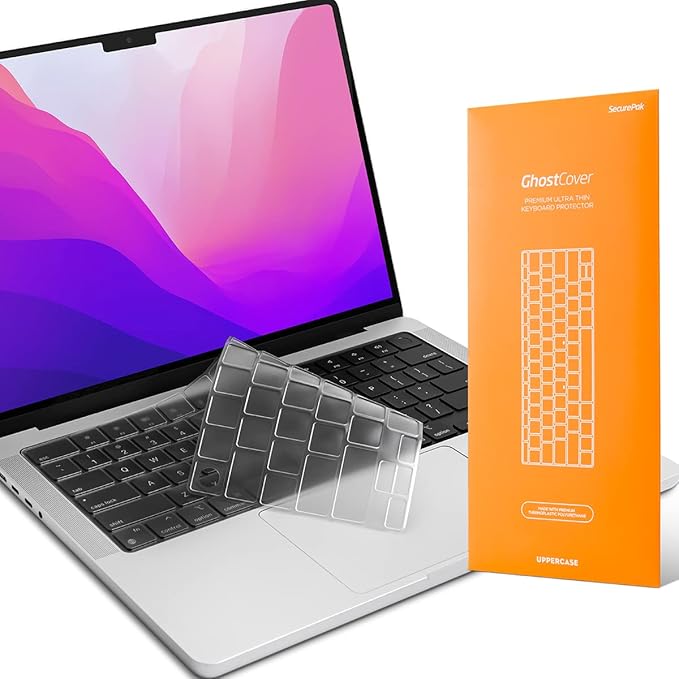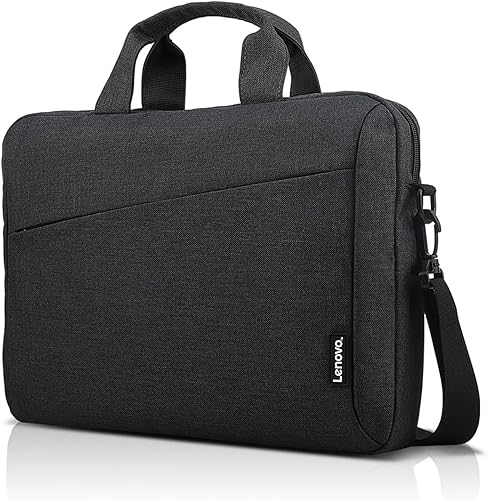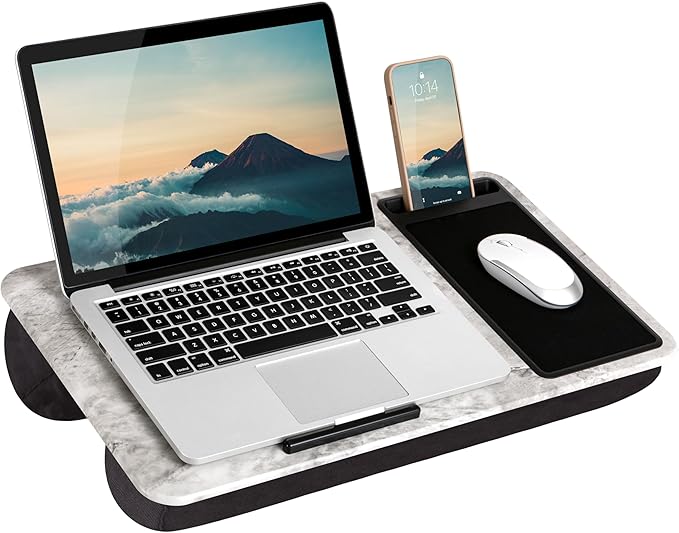It is always distressing to see water on your laptop. Accidents happen but a quick action is essential to minimize damage and potentially save your device from serious harm. Here’s a step-by-step guide on what to do if you spill water on your laptop. This article includes important do's and don'ts to ensure the best possible outcome.
Other Topics You Might Like
Helpful Products You Might Like

Ghost Cover Protector for Keyboard

Lenovo Laptop Bag

LAPGEAR Home Office Lap Desk
"(Paid Links)" 
Immediate Actions to Take
Power Off the Laptop
Power off the laptop immediately. If your laptop is still on, shut it down by holding the power button until it turns off. Disconnecting the power source and removing the battery can prevent electrical short circuits and further damage.
Unplug All Peripherals
Disconnect all the external devices connected to your laptop, such as a keyboard, mouse, or USB drives. It will reduce the risk of further complications.
Drain Excess Water
Keep your laptop upside down for some time to allow any excess water to drain out. Shake the laptop to remove as much water as possible. Do not shake vigorously, as it can damage or shift the internal components.
Remove the Battery
If the battery is removable, carefully remove it. It will prevent electrical shorts and ensure that no power runs through the laptop while it dries out.
Dry the Exterior
Take a clean, dry cloth or paper towels to absorb water from the exterior of the laptop, focusing on areas where water may have collected. Avoid using heat sources like a hairdryer, as excessive heat can damage the laptop’s parts.
Steps to Dry Out the Laptop
Remove Internal Components
If you are expert and feel comfortable doing so, remove internal components such as the hard drive, RAM, and any accessible parts. It will help in more thorough drying and prevents moisture from causing damage to sensitive parts.
Use Desiccants
Put the laptop and all of its removed parts in a big container with uncooked rice or sachets of silica gel. It will aid in the device's moisture absorption. To ensure complete drying, leave the laptop in the container for at least 24 to 48 hours.
Avoid Using Heat
Avoid using direct heat sources to dry out your laptop, like an oven or radiator. Overheating can cause internal components to distort or break. Rather, let the laptop air dry in a dry, cold environment.
Seek Professional Help
It's crucial to consult with a qualified expert if you don't know the severity of damage or if your laptop does not turn on after drying. They are able to evaluate the harm, clean the interior parts, and decide whether repairs are necessary.
Prevention Tips
Use a Laptop Cover
Use a waterproof or water-resistant cover to keep your laptop protected from accidental spills. It will provide an extra layer of protection and reduce the risk of damage from spills.
Keep Drinks Away from Your Laptop
Do not place drinks or liquids near your laptop. Maintain a clear workspace to keep your laptop safe from potential accidents.
Invest in a Laptop Stand
Using a laptop stand can provide additional protection from spills to your device. This simple precaution can help prevent liquids from contacting your laptop.
Conclusion
Spilling water on a laptop can be stressful, but quick and careful action can help minimize damage and potentially save your device. You can increase the chances of a successful recovery by powering off the laptop, draining excess water, drying out the device with desiccants, and seeking professional help. Preventive measures like using a laptop cover and avoiding drinks can protect your laptop from future accidents.
